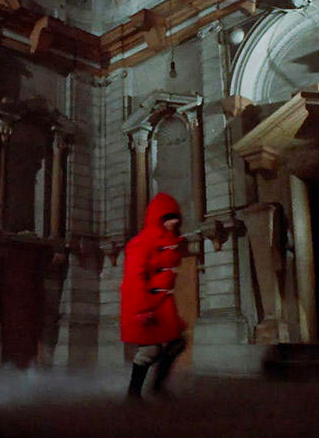Water, water everywhere. Not surprisingly, that’s been the story of our last day in Amsterdam and our first days in Venice. But not just because of canals and gondolas.
In Amsterdam:
• A ferry to North Amsterdam, an industrial zone that has become a hip residential area
• A visit with our Amsterdam friends to see a movie at the EYE Film Institute, an aerodynamic-looking building with a spectacular view of the river IJ (pronounced “eye”) to see a Woody Allen movie with Dutch subtitles about a rainy day in New York. (The nebbishy guy gets the girl, of course, but at least she’s age-appropriate this time and the nebbish is Timothée Chalamet.)
• de Ceuvel, a community that redefines green, with a hotel, Asile Flottant, whose “rooms” are boats, and a warren of offices and studios nestled inside retrofitted houseboats.
• Homes built to float and adapt to the rise and fall of water.
• A parking lot for bikes on an out-of-commission ferry boat.
• Plus, we saw masterpieces up close — the quivering glow of Sunflowers at the Van Gogh Museum — and far away: Isabelle Huppert as Mary Queen of Scots in Mary Said What She Said at International Theater Amsterdam, where we sat in the nosebleed seats. It was all in non-stop French with Dutch subtitles, but never mind: Huppert was amazing — her posture unbending (except in multiple curtain calls), her concentration, precision and vocal power fierce and haunting — and the production by Robert Wilson was severely beautiful.

• And… we ate delicious oyster mushroom croquettes at de Ceuvel’s excellent outdoor cafe and Indonesian rijsttafel at Aneka Rasa.
In Venice:
There are more than 400 bridges in Venice, and we felt like we might have crossed them all by the time we’d hauled our suitcases up and down steps on the way to our AirBnB. (Note to selves: Next time, less luggage.) And somewhere between the Netherlands and Italy I caught a travel cold, so the waterworks coming out of my nose threatened to dampen our enthusiasm for the waterways under our feet. But no problem there: This place is magical!
• The canals. Our apartment in the tourist-friendly but not tourist-infested Dorsoduro neighborhood is steps away from a peaceful canal. Not that any of the city’s 150 canals are peaceful for very long; water taxis and even the occasional ambulanza whoosh by, and on the Grand Canal, the traffic can be heavy, what with vaporetti (essentially water-borne buses) and taxis, fishing boats and gondolas trying to stay out of each other’s way.
• The views. Whether spotting the dome of Saint Mark’s from the bow of a vaporetto or turning a corner onto an unexpected vista from a picturesque bridge, there’s so much to see at every moment.
• The light. No wonder artists flocked here. On our first day, we lucked out with clear blue skies that made the waters glimmer and made rough-hewn surfaces and terra cotta walls jump with color and shadow. But the grey days have been perhaps even more romantic, bringing an air of melancholy suitable to an aging city.
• Getting lost. We managed to get turned around right away, as we tried to follow our host’s directions to dinner at one of her favorite restaurants. But even in the dark, following Google Maps down alleys that couldn’t possibly be right, you feel safe (even if you do have occasional flashbacks to that little red-coated creature scampering around corners and terrorizing Donald Sutherland in Don’t Look Now). Finally, you have to go with the flow. You can’t get lost, really — Venice isn’t that big.
• And… Peggy! (Hamilton joke.) I’ve fallen in love with Peggy Guggenheim, who knew what she liked in modern art and collected it, showed it and in some cases married it (the surrealist Max Ernst was one of her husbands). The madcap heiress with the expert eye left an unmatched legacy to the city of Venice: her palazzo on the Grand Canal and its contents, a brilliant collection of artworks from Picasso to Pollock to Rothko, whose talents in many cases she recognized before the rest of the world did. She had the courage of her convictions and the money to back it up, and when she showed her collection of abstract and surrealist artists at the Venice Biennale in 1948, the landscape of modern art in Europe was forever changed.

• The 2019 Biennale. We’re going on Tuesday and Wednesday. It’ll be interesting to ponder which of today’s artists could make the same kind of impact.












